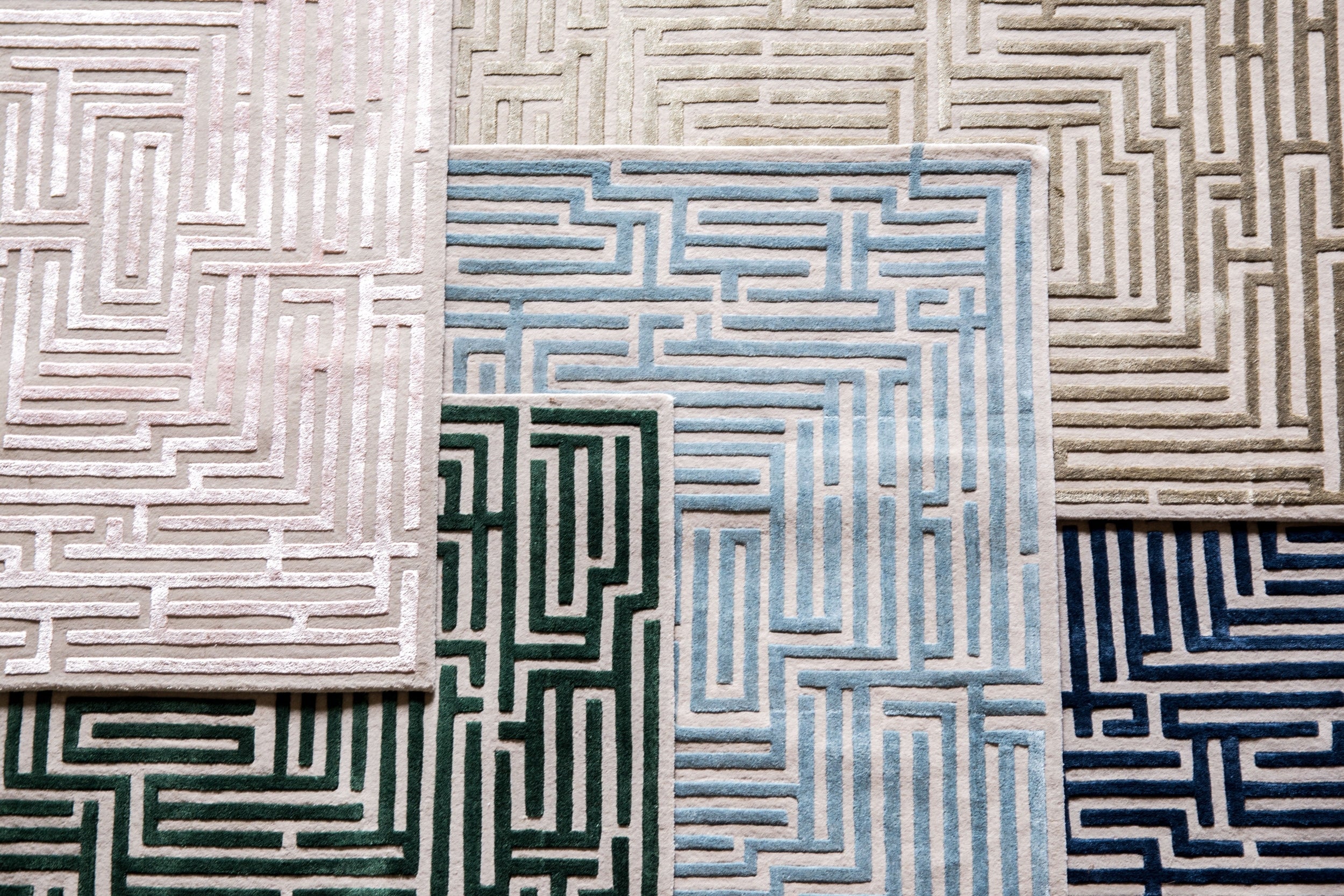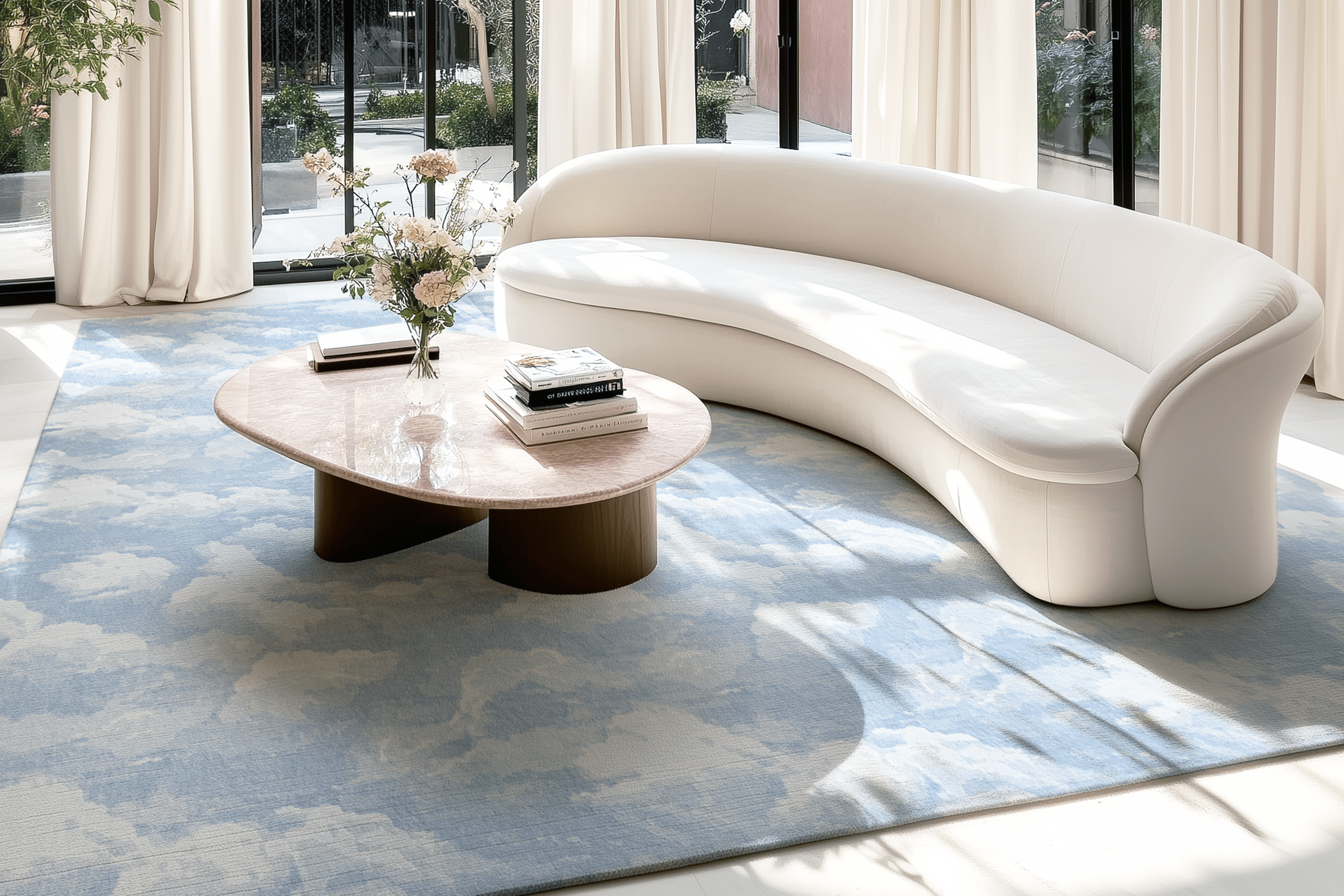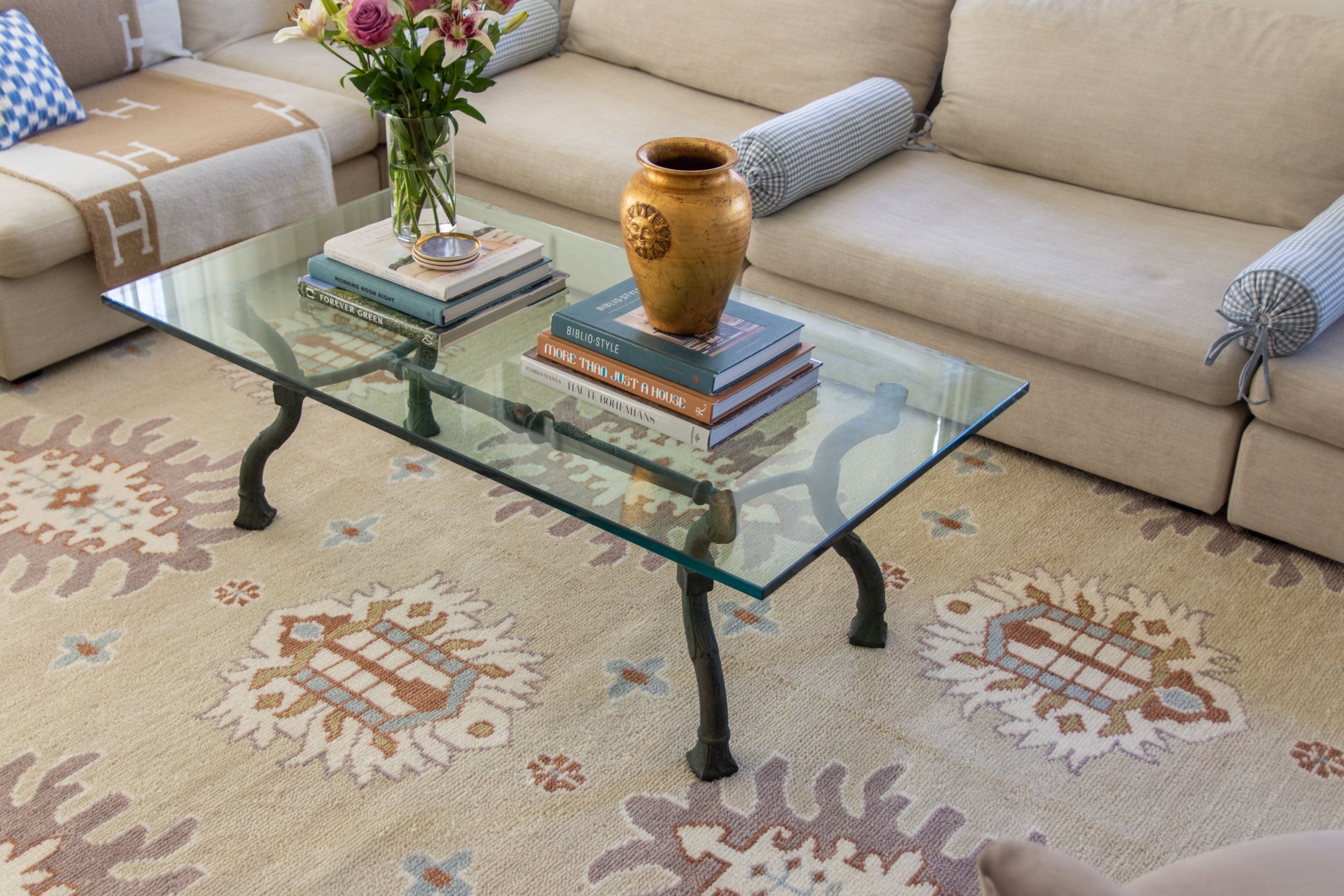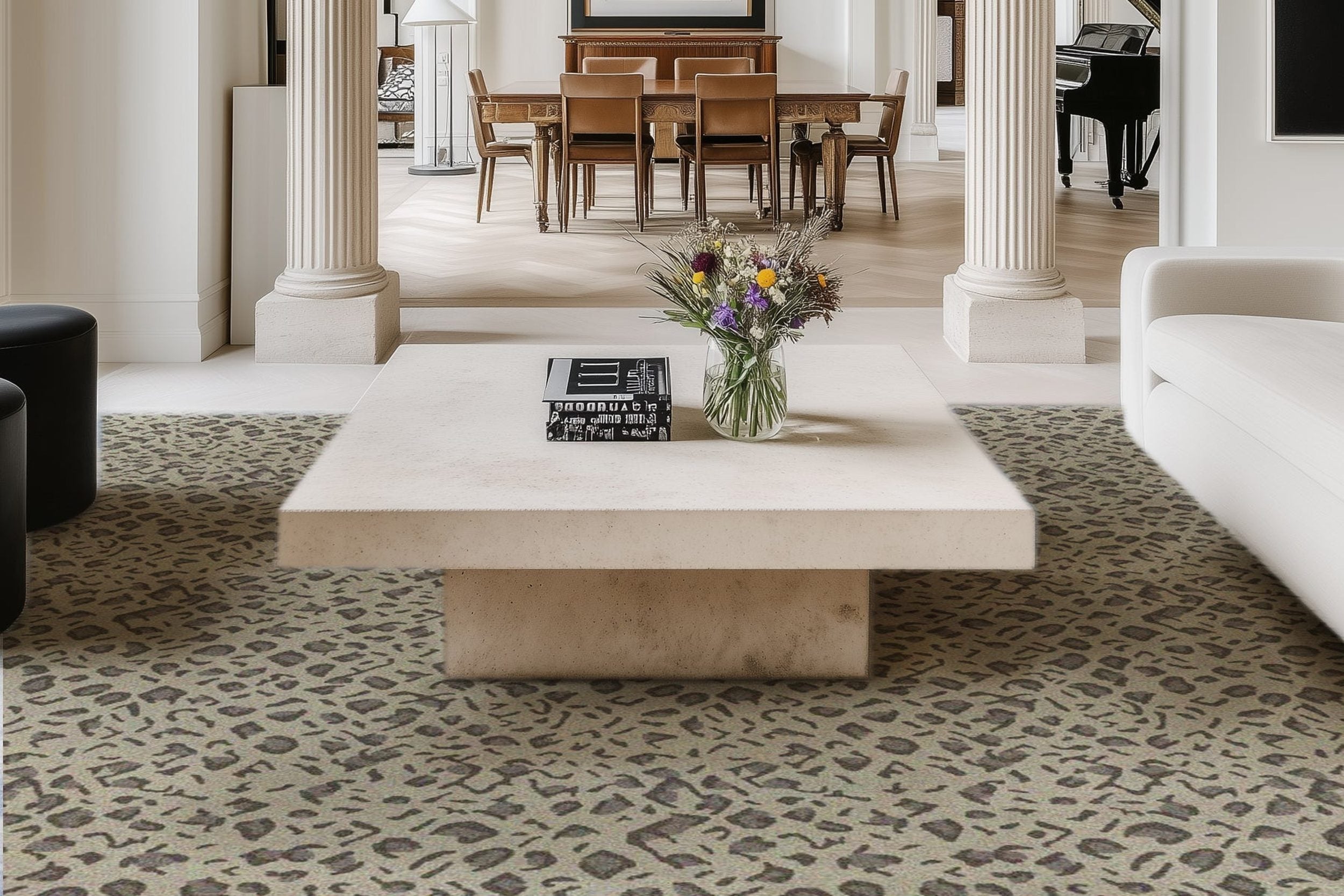14 Modern Restaurant Interior Design Ideas for 2025
 It's odd how a restaurant's look can linger in memory long after the taste of the meal fades. Some say the right interior can make a mediocre dish feel like a treat, while a drab space can dull even the most inventive menu.
It's odd how a restaurant's look can linger in memory long after the taste of the meal fades. Some say the right interior can make a mediocre dish feel like a treat, while a drab space can dull even the most inventive menu.
In 2025, the pressure's on: diners expect more than just a meal; they want an experience. But what does that even mean anymore? The following trends, quirks, and contradictions are shaping the next wave of restaurant design, though whether they'll stick around is anyone's guess.
-
2025's most influential restaurant design trends and materials (or so the experts claim)
-
How to use color, lighting, and layout for maximum impact; if there is such a thing
-
Furniture, seating, and technology for modern dining spaces (with a few caveats)
-
Expert tips, common mistakes, and actionable design examples (plus a few warnings)
Design Elements Overview
Before diving into the table, a word of caution: no material or feature is a magic bullet. What works in one space might flop in another. And the "pros" and "cons" often depend on who's asking.
|
Element |
Pros |
Cons |
Best Use Cases |
|
Reclaimed Wood |
Eco-friendly, warm, unique character |
Can be costly, needs maintenance |
Tables, walls, and flooring |
|
Modular Seating |
Flexible, space-saving, adaptable |
May lack permanence |
Events, changing layouts |
|
Smart Lighting |
Energy-efficient, customizable |
Higher upfront cost |
All dining areas |
|
Open Kitchens |
Builds trust, interactive, engaging |
Can be noisy, requires cleanliness |
Casual, experiential dining |
|
Acoustic Panels |
Reduces noise, improves comfort |
May impact aesthetics |
Busy or high-ceiling spaces |
|
Digital Menus |
Streamlines service, easy updates |
Tech issues, learning curve |
Fast-casual, tech-forward spots |
So, is any one element a clear winner? Not really. The best choice depends on context, budget, and, let's be honest, luck.
2025's Defining Restaurant Design Trends
The restaurant world is a moving target. One year, everyone's obsessed with minimalism; the next, it's all about maximalist color and wild textures. For 2025, the so-called "defining" trends are a mixed bag; part eco-conscious, part tech-obsessed, and part nostalgia. But will any of it last?
1. Sustainable & Eco-Friendly Materials
Sustainability isn't just a marketing ploy anymore; at least, that's what the industry keeps repeating. Reclaimed wood, bamboo, and recycled steel are everywhere, but does anyone really notice? These materials supposedly reduce environmental impact and add "authenticity," though some skeptics argue it's just another layer of branding.
Surfaces made from recycled stone or composite materials are popping up, too; tough, yes, but sometimes a little too cold for comfort. Eco-friendly dinnerware and fixtures? They're in, but only if they don't break the bank.
2. Biophilic & Nature-Inspired Design
Bringing the outdoors in, again. Vertical gardens, moss walls, and a jungle's worth of indoor plants are said to create a calming, fresh atmosphere. But does a wall of ferns really make a meal taste better?
Natural light is maximized with big windows and skylights, while water features and organic shapes in furniture are supposed to "connect diners to nature." Some say it works; others just see higher maintenance bills.
3. Open Kitchens & Transparent Layouts
Transparency is the buzzword. Open kitchens let guests watch the magic (or chaos) unfold, which can be thrilling or awkward, depending on the night. Glass partitions and unobstructed sightlines are meant to foster openness, but sometimes they just make a space feel exposed.
4. Technology Integration
Tech is everywhere, but is it always an improvement? Digital menus, QR code ordering, and contactless payments are now expected, not novel. Smart lighting and climate control systems promise comfort and efficiency, but when they glitch, the whole vibe can fall apart. Augmented reality and interactive displays are creeping in, too; fun for some, distracting for others.
"Warm, deep colors and nature-driven décor are replacing sleek white and gray. Natural wood finishes, botanical prints, and colors found in nature are popular for creating an intimate ambiance. Wider adoption of tables with built-in technology for digital menus and contactless payments is also on the rise." ; Stacey Getchius, Hospitality Specialist, Boelter
Color, Lighting, and Ambiance
Color and lighting: two things everyone claims to understand, but few get right. The wrong shade or a harsh bulb can ruin a meal faster than a cold entrée. Yet, the "right" combination is a moving target.
5. Trending Color Palettes for 2025
Earthy tones like terracotta, olive green, and muted browns are everywhere, supposedly creating a grounded, welcoming vibe. But does anyone really feel more "at home" because of a brown wall?
These are often paired with bold accents, deep blues, vibrant yellows, or even black, to keep things lively. Accent walls, upholstery, and art are the usual suspects for these pops of color, though sometimes it all feels a bit forced.
6. Statement & Layered Lighting
Lighting is layered for both function and drama. Ambient lighting sets the mood, task lighting (like pendants over tables) keeps things practical, and accent lighting highlights the "wow" features. Smart systems allow for dimming and color changes, but sometimes the tech gets in the way of the experience. Is it really better, or just more complicated?
7. Acoustic & Sensory Design
Noise can make or break a meal. Acoustic panels, soft furnishings, and strategic zoning are supposed to keep things comfortable, but some spaces still sound like a train station at rush hour. Sensory design now means curated playlists, subtle aromas, and textured materials; though not everyone agrees on what "soothing" really means.
Furniture, Seating, and Layout Strategies
Furniture and layout are the unsung heroes, or villains, of restaurant design. The right setup can make a space feel effortless; the wrong one, claustrophobic.
8. Modular & Multi-Functional Furniture
Flexibility is the mantra. Modular seating, movable booths, and collapsible tables let restaurants adapt on the fly. But does all this moving around sacrifice comfort? Multi-functional pieces, like tables with built-in storage or charging stations, are clever until they break.
9. Unique Seating Options
A mix of seating types is supposed to please everyone. Soft upholstered chairs, minimalist bar stools, and privacy pods all have their fans. In some neighborhoods, especially business districts, the highest concentration of furnished rentals can be found.
Many professionals and new arrivals look for flexibility by choosing furnished apartments in Ottawa, which are especially common near government offices, universities, and major transit lines. Meanwhile, the classic diner bench is making a comeback; retro, but somehow still modern.
10. Layouts for Flow & Flexibility
Efficient layouts minimize unnecessary movement for staff and guests. Zoning creates distinct areas for casual, formal, or private dining. Circular layouts and transparent partitions maintain openness while defining spaces, supporting both intimacy and community. But does any layout really work for every crowd? The debate continues.
Outdoor & Flexible Dining Spaces
Outdoor dining used to be a seasonal treat. Now, it's a year-round expectation; at least, that's the theory. But the weather rarely cooperates.
11. Outdoor Dining Innovations
Retractable roofs, windbreaks, and durable outdoor furniture are supposed to make patios usable in any weather. Heating and cooling solutions are essential, but they're not always enough. For instance, integrating a heat pump store into your planning might keep things cozy, but is it worth the investment? Some say yes, others aren't so sure.
12. Multi-Use & Event Spaces
Adaptable layouts let restaurants host private events, pop-ups, or themed nights without major reconfigurations. Movable walls, modular furniture, and flexible lighting make it easy to transform spaces, at least in theory. In practice, it's not always so seamless.
Art, Branding, and Local Culture
A restaurant's story is told through its design, or so the branding experts say. But does art on the walls really create an emotional connection, or is it just another Instagram backdrop?
13. Artistic Walls & Digital Art
Murals, digital projections, and interactive art installations are both décor and marketing tools. They encourage social media sharing and help restaurants stand out, but sometimes they overshadow the food.
14. Local Heritage & Cultural Touches
Incorporating local art, historical references, or regionally sourced materials is supposed to foster authenticity. Some diners love it; others barely notice. Does it really create a sense of place, or just add to the clutter?
Common Mistakes & Expert Tips
Even the best-laid plans can go sideways. Some mistakes are so common, it's a wonder they keep happening.
Mistakes to Avoid
-
Overcrowding tables or ignoring traffic flow disrupts service and comfort. Yet, it happens all the time.
-
Mismatched themes or inconsistent branding confuse guests. But sometimes, a little chaos works.
-
Neglecting acoustics or lighting can make spaces uncomfortable or uninviting. Still, plenty of places get it wrong.
Pro Tips for Lasting Impact
-
Prioritize high-impact areas like entrances and main dining zones. Or don't; some say the bathrooms matter more.
-
Gather customer feedback before and after design changes. But beware: opinions are rarely unanimous.
-
Align every design choice with your brand story and target audience. Unless, of course, you want to surprise people.
Creative Approaches for 2025 and Beyond
Designing for the future is a gamble. What's "in" today could be "out" by next quarter. Still, some strategies seem to have staying power, at least for now.
-
Embrace biophilic design and sustainable materials for both appeal and responsibility. Or don't; some diners just want a good meal.
-
Use technology to streamline service and create memorable, interactive experiences, unless it backfires.
-
Prioritize flexibility in layout and furniture to accommodate evolving trends and guest needs. But beware: too much flexibility can feel chaotic.
By weaving these strategies into your design, a restaurant might remain relevant, inviting, and memorable for years to come. Or it might not. The only certainty is change.
FAQs
What are the best colors for restaurant interiors in 2025?
Earthy tones like terracotta, olive green, and muted browns are getting a lot of attention, often paired with bold accents such as deep blue or yellow. But then again, color trends shift so quickly; what's "best" now could feel dated by next year.
How do you design a small restaurant for maximum space?
Some say modular furniture, open layouts, and mirrors are the answer. Others insist that avoiding overcrowding and sticking to light colors is key. But even with all these tricks, small spaces can still feel cramped, especially during a rush.
What is biophilic design in restaurants?
Biophilic design is all about bringing natural elements, plants, water features, and sunlight into the dining space. Supposedly, it creates a calming, fresh atmosphere and connects diners to nature. But does it really work for everyone? Some love the greenery, others just see more things to water and dust.
How can technology improve restaurant interiors?
Digital menus, smart lighting, and climate control systems are supposed to streamline service and enhance comfort. But when the tech fails, it can cause more headaches than it solves. Some diners love the novelty; others just want a paper menu and a friendly face.
Browse by Category

Design Projects
Explore interiors from client work and personal renovations — layered, livable, and always in progress.
read more →
Collaborations
From product launches to styled spaces, discover the brand stories I’ve helped bring to life.
read more →
The Notebook
A growing archive of iconic designers, inspiring artists, and unforgettable design moments.
read more →
Travel by Design
Wander with a designer’s eye — from charming hotels and city guides to visual inspiration abroad.
read more →




